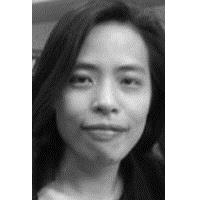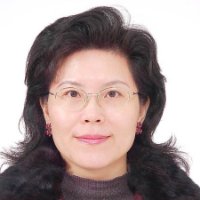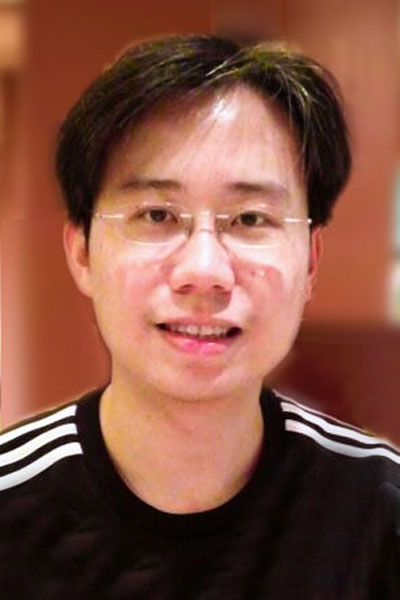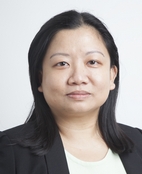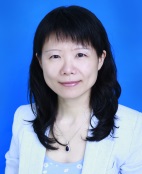|
Abstract: Based on sociocultural theory of second language acquisition (SLA), a meaningful language must be learned in conjunction with society, culture and personally relevant life experiences. However, most schools are not funded to build an English Village, and most students do not have the opportunity to study abroad. Fortunately, thanks to the rapid advances in and popularity of wireless communication and multimedia environments, language learning in a virtual reality (VR) environment have received considerable attention in the past few years. This talk will first emphasize the importance of context for L2 learning. We believe that successful second language acquisition involves the information processing theory, the sociocultural theory, and embodies cognition. Next, a series of studies from my research team working with different universities in Australia and the U.S.A. and elementary schools in Taiwan will be reviewed. The research aim is to create a virtual environment for student-centered, task-based, and self-directed learning. I will start with the construction of our 3D virtual worlds, including the NTNU campus, a zoo, a kitchen, a restaurant, etc. and move on to their applications, especially in Mandarin learning and English learning. Following these topics will be a description of another experiment, Build & Show, a platform which involved participants’ active participation in constructing buildings of their own. Overall, in this talk, two main questions will be discussed: 1) How do we construct a 3D multi-user virtual environment for language learning through acceptable and effective context? and 2) Is the virtual context able to enhance students’ language performance? Suggestions for future research will also be provided. Through this talk, I will raise many other relevant issues, such as learning in different contexts, studying abroad, language education for immigrants, human brain, etc.
|



